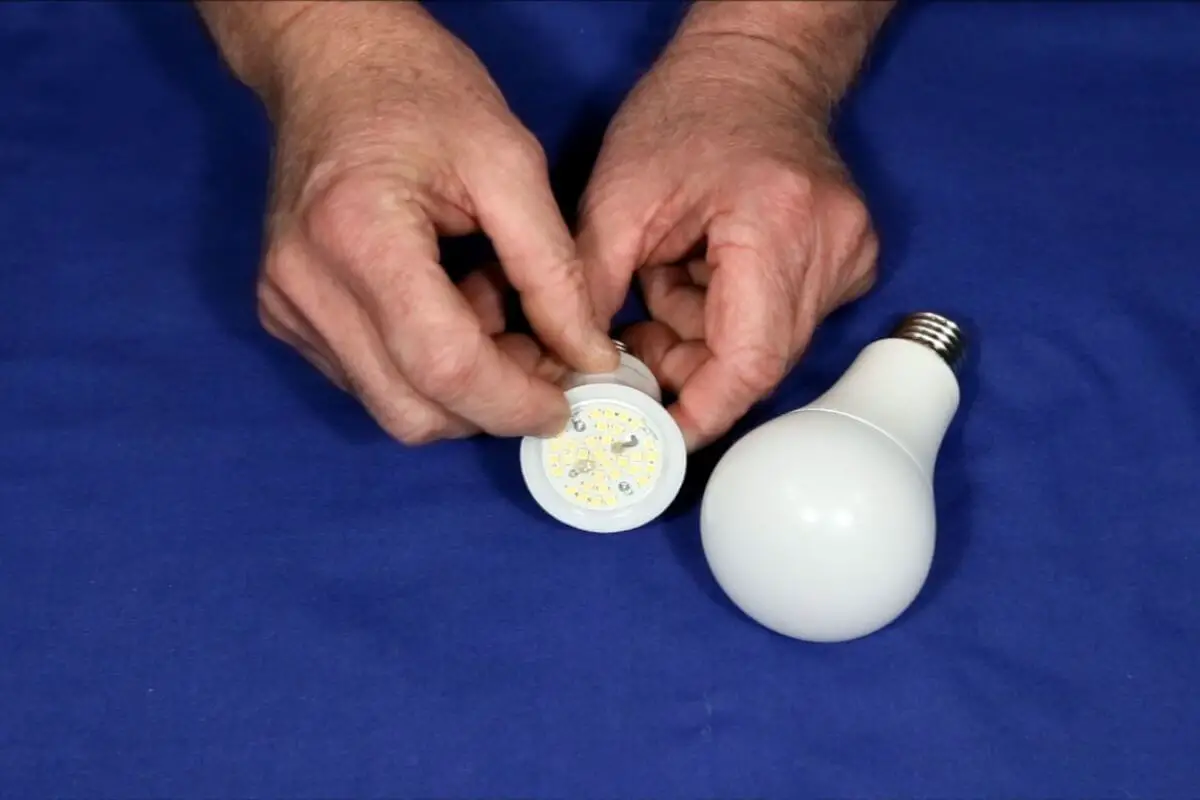When it comes to selecting the right light bulb, it’s essential to consider the base type. Two common base types that often arise in lighting discussions are GU35 and GU24. Understanding the characteristics and differences between these bases can help you choose the right light bulb for your fixtures. In this article, we will explore GU35 and GU24, their features, applications, and considerations to assist you in making an informed decision.
Understanding GU35

Characteristics and Features
GU35 is a light bulb base type that features two pins with a 35mm pin separation. It is commonly found in compact fluorescent lamps (CFLs) and some LED light bulbs. The GU35 base provides a secure connection between the bulb and the socket, ensuring stability and proper electrical contact.
Common Applications
GU35 bulbs are typically used in residential and commercial fixtures, such as recessed lighting, track lighting, and some ceiling fixtures. They are suitable for applications where compact size and energy efficiency are desired.
Advantages and Disadvantages
One advantage of GU35 bulbs is their compact size, making them ideal for fixtures with limited space. They are also energy-efficient and can provide significant cost savings over time. However, one disadvantage of GU35 bulbs is their limited availability compared to other base types. Additionally, the pin configuration of GU35 bulbs may require specific sockets designed to accommodate them.
Exploring GU24

Characteristics and Features
GU24 is another common light bulb base type that features two pins with a 24mm pin separation. It is primarily used in energy-efficient lighting options, such as CFLs and some LED light bulbs. The GU24 base provides a twist-and-lock mechanism for secure installation.
Common Applications
GU24 bulbs are commonly found in residential and commercial fixtures, including table lamps, wall sconces, and ceiling fixtures. They are suitable for applications where energy efficiency and ease of installation are important.
Advantages and Disadvantages
One advantage of GU24 bulbs is their energy efficiency, allowing for significant energy savings. They are also readily available and compatible with a wide range of fixtures designed for GU24 bases. However, one potential disadvantage is that the twist-and-lock installation method may require additional effort compared to other base types.
Comparing GU35 and GU24

When comparing GU35 and GU24, several factors come into play.
Socket Design and Pin Configuration
GU35 and GU24 have different socket designs and pin configurations. GU35 bulbs feature a 35mm pin separation, while GU24 bulbs have a 24mm pin separation. This difference in pin configuration means that specific fixtures and sockets are designed to accommodate each base type.
Energy Efficiency and Wattage
Both GU35 and GU24 bases are commonly used in energy-efficient lighting options, such as CFLs and LEDs. They offer comparable energy efficiency and can provide significant energy savings compared to traditional incandescent bulbs. However, it’s important to note that the energy efficiency and wattage of a bulb depend on the specific bulb model and technology used.
Availability and Compatibility
GU24 bulbs tend to be more widely available compared to GU35 bulbs. Many fixtures, including table lamps, wall sconces, and ceiling fixtures, are designed to accommodate GU24 bases. GU35 bulbs may have more limited availability, and fixtures specifically designed for GU35 bases may be less common.
Choosing the Right Light Bulb Base
When choosing between GU35 and GU24 light bulb bases, consider the following factors:
Considerations for Existing Fixtures
If you already have fixtures with a specific base type, it is generally recommended to choose bulbs that match the existing base. This ensures proper compatibility and avoids the need for additional modifications or adapters.
Energy Efficiency and Cost Savings
Both GU35 and GU24 bases offer energy-efficient lighting options. Consider the specific bulb models and their energy efficiency ratings to determine the potential cost savings over time. Look for bulbs with ENERGY STAR certification for optimal energy efficiency.
Future Flexibility and Compatibility
If you anticipate changing fixtures or reconfiguring your lighting setup in the future, consider the availability and compatibility of bulbs for each base type. GU24 bases tend to be more widely supported, while GU35 bases may have more limited options.
Conclusion
GU35 and GU24 are two common light bulb base types with their own unique characteristics and applications. GU35 bases feature a 35mm pin separation and are commonly used in compact fluorescent lamps (CFLs) and some LED light bulbs. On the other hand, GU24 bases have a 24mm pin separation and are primarily found in energy-efficient lighting options like CFLs and LED bulbs.
When choosing between GU35 and GU24, consider factors such as socket design, pin configuration, energy efficiency, availability, and compatibility with your existing fixtures. If you already have fixtures with a specific base type, it is generally recommended to choose bulbs that match that base to ensure proper compatibility. Both GU35 and GU24 bases offer energy-efficient lighting options, but GU24 bulbs tend to be more widely available and compatible with a broader range of fixtures.
Remember to consider your specific lighting needs, energy efficiency goals, and any future plans for lighting modifications or upgrades. By taking these factors into account, you can make an informed decision and select the right light bulb base for your lighting fixtures.
FAQs
Q: Can GU35 bulbs be used in GU24 sockets?
A: No, GU35 bulbs cannot be used in GU24 sockets. GU35 and GU24 have different pin configurations and are not interchangeable. It’s important to use bulbs with the correct base type for proper compatibility and electrical connections.
Q: Are GU35 and GU24 bulbs interchangeable?
A: No, GU35 and GU24 bulbs are not interchangeable. They have different socket designs and pin configurations. It’s essential to use bulbs with the specific base type that matches your fixture to ensure proper installation and functionality.
Q: Which base is more energy-efficient?
A: Both GU35 and GU24 bases are commonly used in energy-efficient lighting options, such as CFLs and LED bulbs. The energy efficiency of a bulb depends on the specific model and technology used. Look for bulbs with high energy efficiency ratings or ENERGY STAR certification for optimal energy savings.
Q: Can GU35 and GU24 bulbs be dimmable?
A: Yes, both GU35 and GU24 bulbs can be dimmable, depending on the specific bulb model. However, it’s important to check the packaging or specifications of the bulb to ensure compatibility with dimmer switches. Not all GU35 and GU24 bulbs are designed to be dimmable, so it’s important to choose bulbs specifically labeled as dimmable if dimming functionality is required.
Q: How do I know if my fixture requires GU35 or GU24 bulbs?
A: To determine the bulb base type required for your fixture, check the socket or consult the manufacturer’s specifications. The socket design and pin configuration will indicate whether it is compatible with GU35 or GU24 bulbs. It’s important to use bulbs with the correct base type to ensure a proper fit and electrical connection.
Thank you for reading! If you have any further questions or need assistance, please feel free to reach out.



